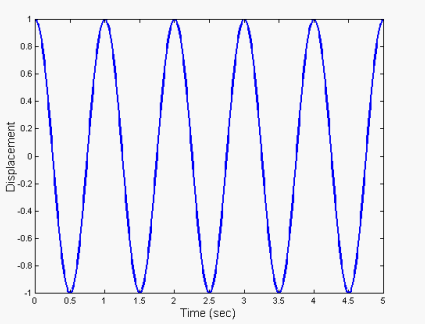Abstract
Beam dynamics is a staple course for mechanical and civil engineering programs. This study provides a comprehensive account of spring balance obeying Hook’s law, introduces the VDAS software, and shows that displacement obeys simple harmonic motions. Furthermore, how it can be used in educational labs to measure and analyze the dynamic properties of beams subjected to free vibration. The effect of boundary conditions and beam material/geometric qualities on the system’s vibration damping was also discussed.
There have also been additional ideas proposed for enhancing the data collection and processing to reduce the number of measurement errors. A smartphone can teach about beams’ dynamic vibration even when more expensive tools are not accessible. Thus, this is because the experimental results correspond with the theoretical conclusions for the beam system’s natural frequency and equivalent mass.
Introduction
An introduction to the fundamentals of free vibration can be gained through this experiment. The device is a spring-mass-damper configuration that consists of three separate springs, a mass-variable damper, and a damping-variable spring. Students will be shown how different parameters in the governing equations of the system can affect the system’s behavior as a whole in the laboratory (Merzuki et al., 2019). During our time in the laboratory, we will do various experiments. After being presented with a theory, students will be given some mathematical problems to solve and then asked to compare their answers to those obtained through experimentation.
Apparatus
- Spring
- Stopwatch
- Slender beam


Procedure
The students slowly lower the beam and let go, causing it to vibrate. The generated data fields of the VDAS program are then compared with theoretical formulae to determine the frequency of oscillation. Mount the beam that will be tested after you have the right supports positioned at the predetermined locations along the frame. It is vital to take measurements and record the material, width, thickness, and distance between the supports for subsequent use. Set the dial gauges to read zero when no load is applied, and then position any of the dial gauges on the center of the supported beam to determine the actual maximum beam deflection.
The test area is the space between the knife supports. Record the new readings for the gauges after adding the Hook and hanger to any selected position on the beam (where the load P would be acting) at a distance X from either the proper support or the left support (in our example, x is measured from the left support). Hang more weight from the hanger and note the new deflections for each gauge and the reactions of the support beams after each loading. The formula for calculating the theoretical Deflection is included in the provided spreadsheet and used there, as shown in Figure 1 below. The theoretical and actual deflections are compared, and the percentage error is computed after the comparison.
Results
Table 1 – View of displacement vs load applied

Discussion
Several significant results were reported once the experiment was finished. Since the calibration curve is a straight line, we may infer that the mr and light scale defection values are proportional. According to Table 2, the amplitude was affected by the change in me since the values of mr and light scale deflection are proportional.
Table 1 above shows a direct relationship between amplitude and velocity; therefore, increasing or decreasing your speed will affect both the MR and light scale values. Thus, this means that a change in velocity may have the required impact on light scale values while being relatively unobtrusive. Hence, this shows that speed and light scales are not directly related. There were several differences between the experimental data and the projected outcomes. An excellent example of this is amplitude. A little difference existed between the experimental and predicted amplitudes.
Conclusion
The purpose of this experiment was to use dynamic balancing to restore equilibrium to an out-of-whack system. The experiment’s goals were met since dynamic balancing could eliminate the annoying vibrations. The research also found out what triggers these vibrations. The system’s noise output can be reduced, and the lifespan of the machinery can be increased by proper balancing. The amplitude should be determined in a more precise way. Further, the experiment should be repeated multiple times to reduce the standard deviation.
References
Merzuki, M. N. M., Rejab, M. R. M., Sani, M. S. M., Zhang, B., & Quanjin, M. (2019). Experimental investigation of free vibration analysis on fiber metal composite laminates. Journal of Mechanical Engineering and Sciences, 13(4), 5753-5763. Web.